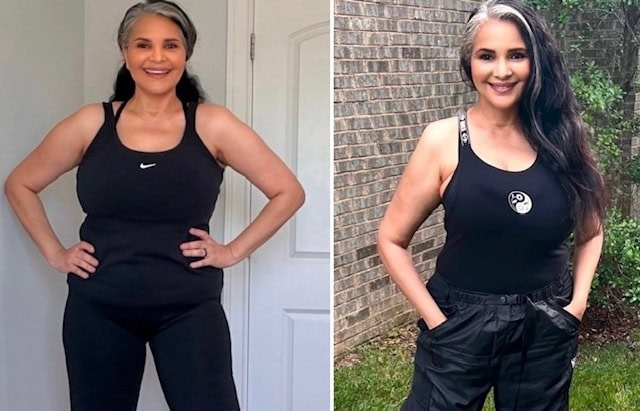Ultra-processed foods (UPFs) have been a hot topic for years, especially as packaged convenience foods have become a staple in many diets. Researchers and nutrition experts have long debated whether UPFs cause weight gain directly—or whether they decrease satiety and increase cravings, causing us to overeat.
A new study published in Nature Medicine offers some clarity on the weight loss piece of the puzzle. In a tightly controlled trial, people who followed a diet of mostly minimally processed foods (MPFs) lost about twice as much weight as those on a diet heavy in ultra-processed foods—even though both diets were designed to provide similar nutrients and follow dietary guidelines. The results suggest that how food is made can be just as important for weight loss as the calorie count or nutrition label.
Minimally processed foods vs. ultra-processed foods for weight loss
The research team ran the study as a randomized crossover trial, often considered the gold standard for comparing diets. In this setup, participants followed both eating plans—just at different times—so each person acted as their own control. This helps eliminate individual differences like metabolism, age, or activity level from skewing the results.
Each participant completed two eight-week diet phases, both meeting the UK’s national dietary guidelines. This meant that the diets had a similar balance of protein, carbs, and fat, and even servings of fruit and vegetables. On paper, they should have produced the same weight loss.
The key difference? One diet was made almost entirely from minimally processed foods, while the other leaned heavily on ultra-processed foods.
Participants didn’t have to count calories or weigh portions. All meals were provided to help people achieve a calorie deficit, and they were told to eat as much or as little as they wanted. This was intentional—it allowed the researchers to see whether the degree of processing influenced how much people ate naturally.
The minimally processed diet featured fresh or lightly processed ingredients—fruits, vegetables, whole grains, beans, lean proteins, nuts, and seeds—prepared in ways that kept them close to their natural state. Examples included:
- Homemade spaghetti Bolognese made with fresh vegetables, whole-wheat pasta (or equivalent), lean protein, and tomato sauce
- Overnight oats with oats, fruit, and dairy or plant-based milk alternatives
The ultra-processed diet relied on foods that had been more heavily modified, reformulated to meet nutritional guidelines, but still fully processed. Examples included:
- Premade frozen pasta dishes (like ready-to-heat lasagna)
- Oat breakfast bars paired with flavored yogurt
Eating minimally processed foods resulted in twice the weight loss
The difference in results was striking. People eating minimally processed foods lost twice as much weight and fat mass—without being told to eat less. Both groups were eating meals that met healthy eating guidelines, but the MPF meals were more filling and seemed to naturally limit intake.
On average, people in the minimally processed foods group self-reported eating about 500 fewer calories per day compared to their baseline diet. Those in the UPF group ate about 290 fewer calories per day. That’s a difference of roughly 320 calories daily between the two groups—a gap that likely played a key role in the greater weight loss seen with the MPF diet.
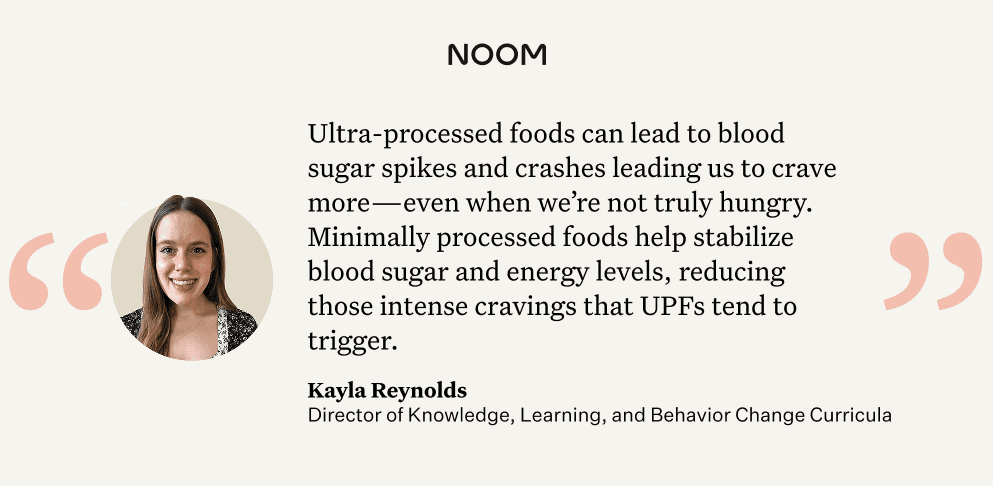
Even more telling: the MPF group saw twice the improvement in overall cravings, and in some cases, up to four times better control over savory-food cravings. That means these foods didn’t just help people eat less—they also helped quiet the urge to overeat in the first place.
As Kayla Reynolds, Noom’s Director of Knowledge, Learning & Behavior Change Curricula, explains:
“Ultra-processed foods, which are often high in salt, sugar, and fat, can lead to blood sugar spikes and crashes and skew our hunger and fullness cues, leading us to crave more—even when we’re not truly hungry. On the flip side, minimally processed foods help stabilize blood sugar and energy levels, reducing those intense cravings that UPFs tend to trigger.”
Rx weight loss, the right way, with Noom
Get access to prescription weight loss medication with Noom.Are all processed foods bad for you?
Not at all. Some processing is simple and even beneficial—it can make foods safer, more convenient, and longer lasting without stripping away their nutrients. Examples include:
- Frozen vegetables (washed, chopped, and frozen at peak freshness)
- Canned beans (cooked and stored, sometimes with added salt)
- Pasteurized milk (lightly heated to kill harmful bacteria)
These foods are still close to their original form and fit easily into a healthy diet.
Ultra-processed foods, on the other hand, are different. One of the most widely used frameworks for defining them is the NOVA classification system, which describes them as being made mostly from ingredients you wouldn’t typically find in your kitchen—like hydrogenated oils, flavor enhancers, artificial sweeteners, and refined starches. They’re often engineered to be hyper-palatable, combining sugar, fat, and salt in ways that make them easier to overeat.
Think of it this way: a warm bowl of minimally processed oatmeal is not the same thing as an oatmeal breakfast bar—even if the calorie and nutrient numbers look similar on the label. The way a food is processed can affect how quickly you eat it, how full you feel afterward, and whether you’re hungry again soon after.
Common UPFs include sodas, packaged snack cakes, frozen pizzas, instant noodles, and candy bars. While these foods aren’t “bad” in isolation, a diet built mostly from them may make it harder to recognize when you’re full and also replace less processed foods that provide your body with more of the essential nutrients it needs.
Here’s our guide to understanding UPFs and how to choose them mindfully.
The Noom-take: Choose minimally processed vs. ultra-processed more often
Choosing minimally processed foods doesn’t mean cooking every meal from scratch or banning your favorite packaged snack. But shifting your baseline toward fresh, whole ingredients can help you feel more satisfied, control cravings, and naturally eat fewer calories—without counting every bite.
“Small, consistent choices—like swapping out an ultra-processed snack for a whole-food option—create meaningful change over time,” says Reynolds.
When you think about weight loss this way, it becomes less about restriction and more about building a lifestyle you actually enjoy—and can stick with. Want to learn more? Download Noom and start improving your behavior and eating habits with our science-backed behavior change program.
Why you can trust us
At Noom, we’re committed to providing health information that’s grounded in reliable science and expert review. Our content is created with the support of qualified professionals and based on well-established research from trusted medical and scientific organizations. Learn more about the experts behind our content on our Health Expert Team page.


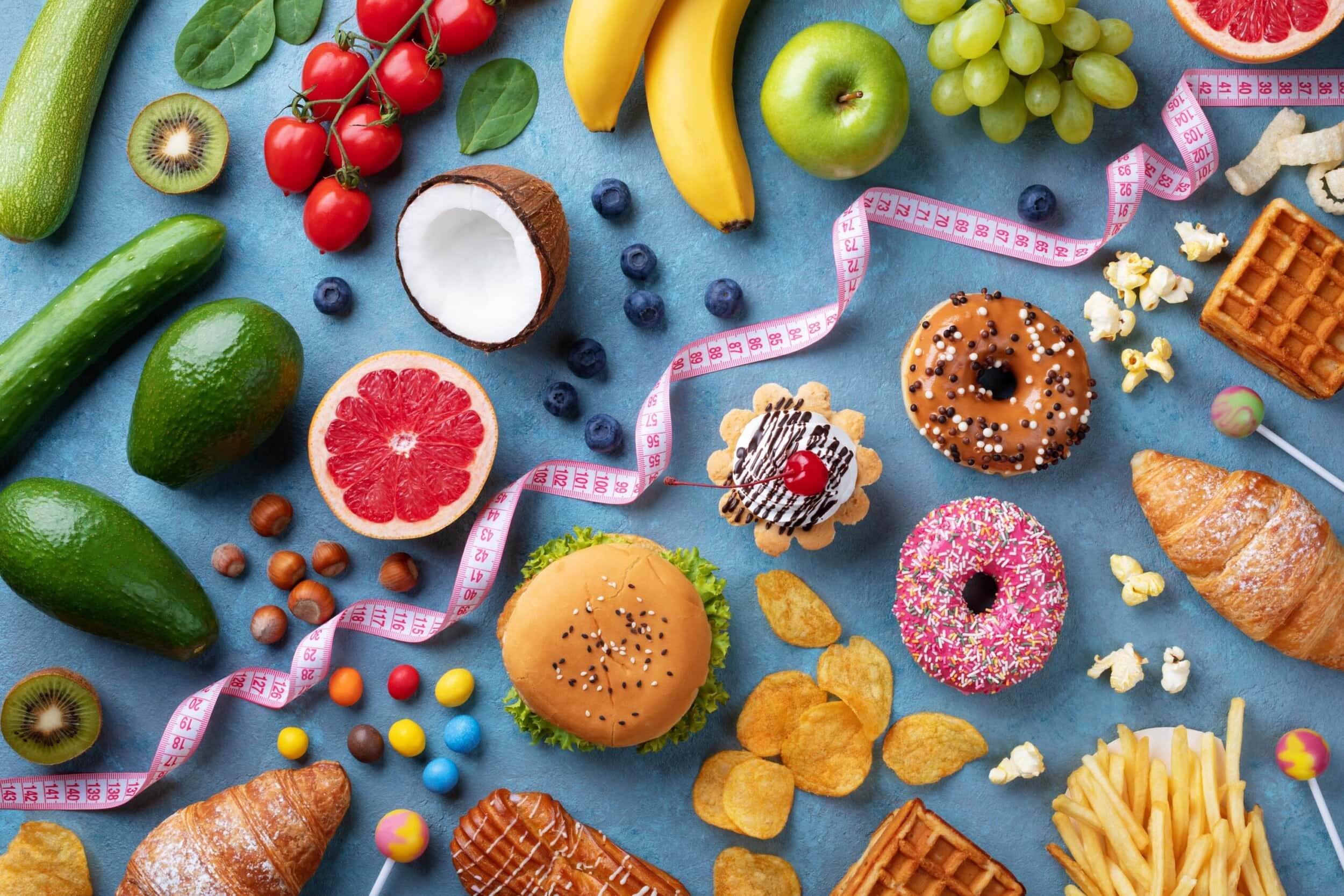
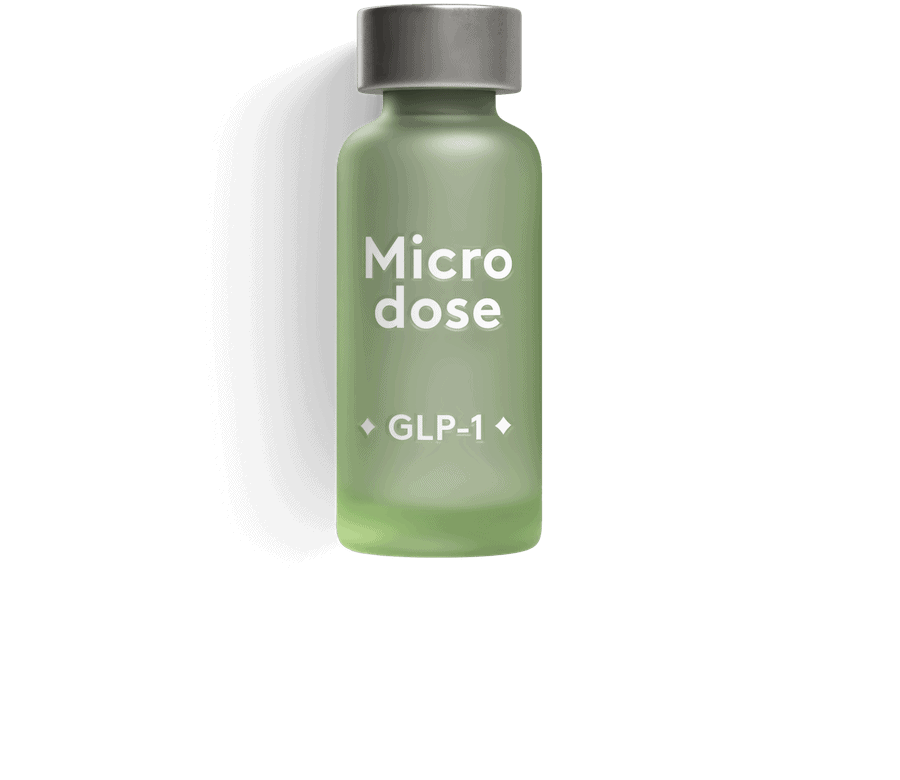
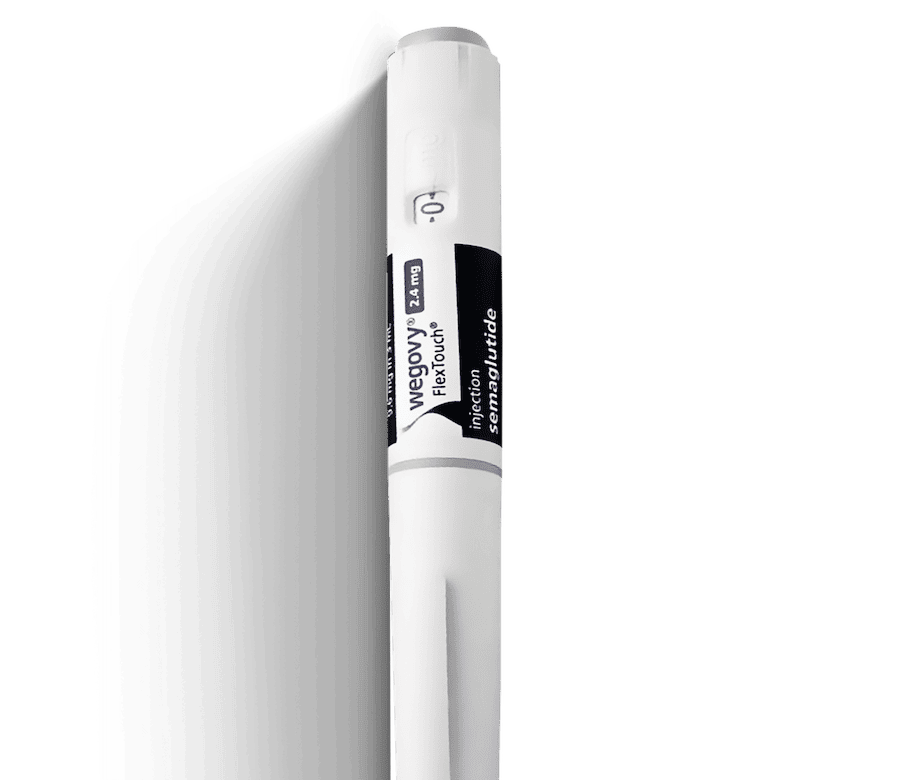
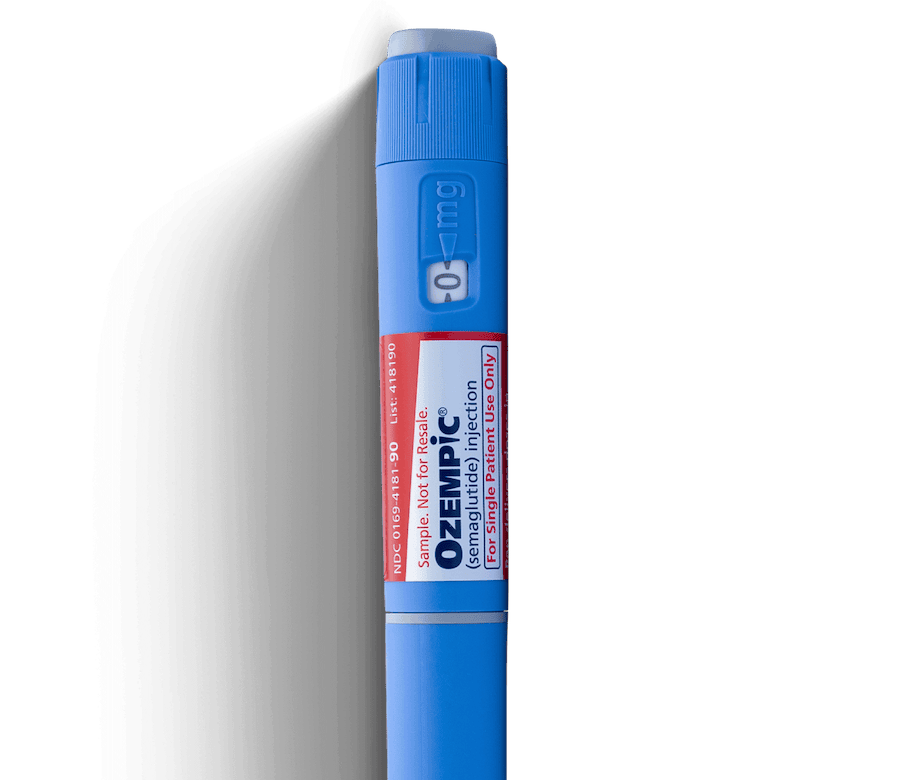


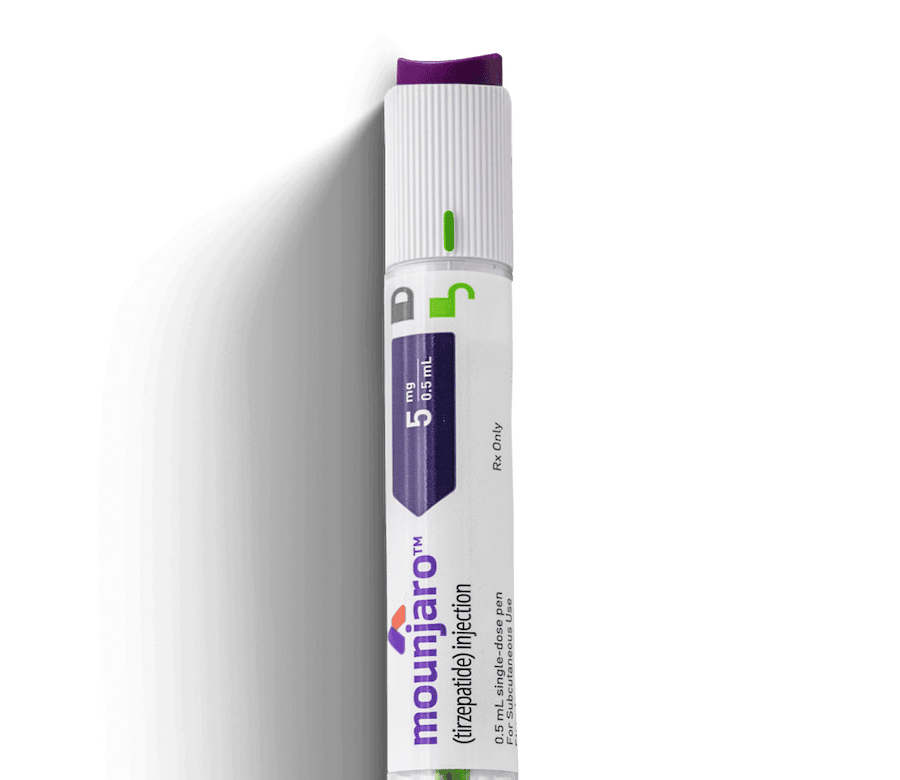
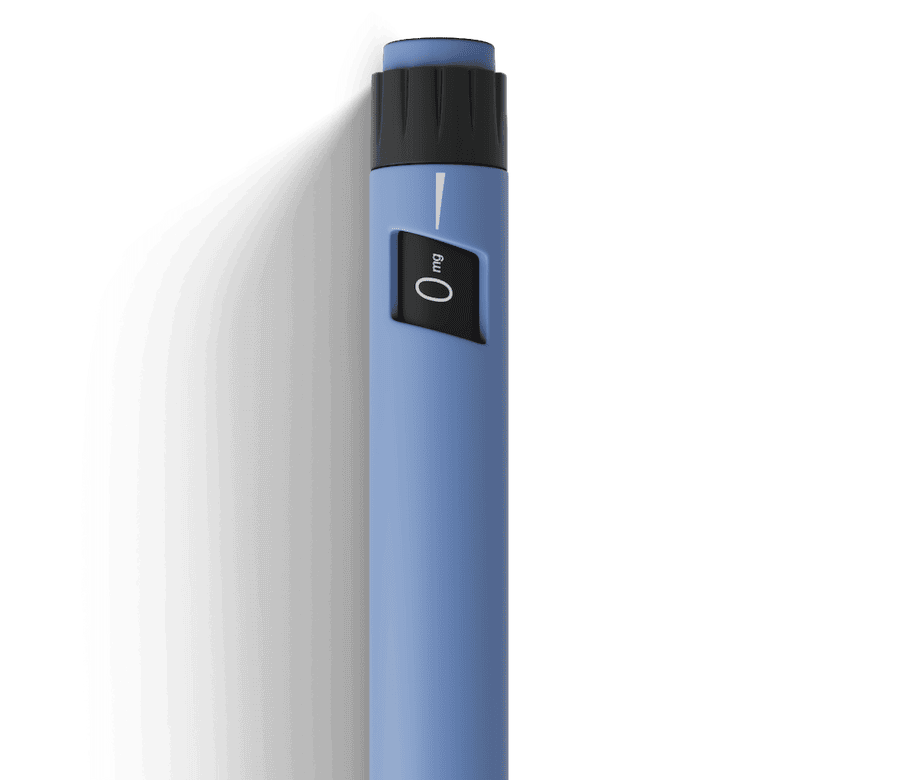

 Noom Team
Noom Team
 Shoshana Fishbein
Shoshana Fishbein